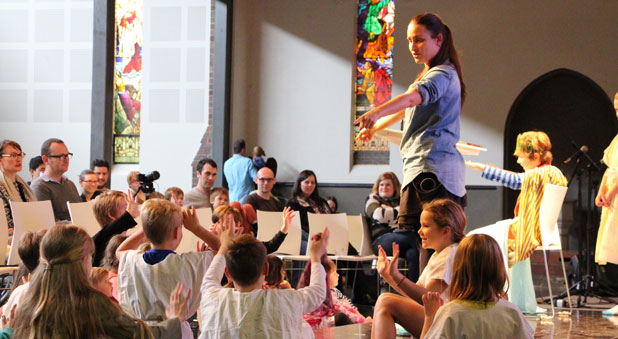A study of the effectiveness of church planting in the Sydney Diocese has found “pioneering” plants and “repotted” churches have higher success rates than other types of church plants.
The research, conducted by Anglicare, looked at various models including “mother-daughter” plants, in which a church is started elsewhere (daughter) with people and resources from another church (mother). Other models were a replant or repotting – where the plant is undertaken at another church that is struggling – and the pioneering approach, which establishes a church where there may be none in the immediate area or among the target group.
The research was commissioned by the diocesan Strategic Research Group in light of the Mission 2020 goals, passed by Synod last year, to plant 15 new churches in greenfield areas and at least two new churches per mission area by 2020.
The study looked at churches planted since 2002 and found all of the pioneering and repotted churches remain open, while about 60 per cent of mother-daughter church plants and 70 per cent of ministries among people of a non-english speaking (NESB) or indigenous background are still operating.
As well as survival rates, the study found varying levels of missional effectiveness. On average, pioneering and NESB congregations had the highest levels of newcomers and NESB congregations had more than double the diocesan average of first-time newcomers.
Bishop Peter Lin recently told Synod the most worrying aspect of the report was the fact that church planting had dropped off since 2011.
“This report really bellows out to us that we need to put church planting on the agenda in a big way,” Bishop Lin said. “Even though it has been shown that about a third of church plants have not survived past the first few years, it still means that two thirds have. That is still very effective.”
Synod voted to ask Evangelism and New Churches (ENC) to consider the report and ways to improve and encourage church planting.
“Overall, church plants do reach a higher than average proportion of newcomers,” Bishop Lin said. “The study also indicates that churches who plant churches, on average, do better across a number of mission 2020 indicators, suggesting that church planting churches have a good health about them.
“One thing is sure, we need to continue to plant churches, new fellowships, new services and new ministries for this ever growing, ever-changing, ever-gospel-needy city.”
Photo: Sunday morning kids’ talk at the repotted Village Church, Annandale.
















